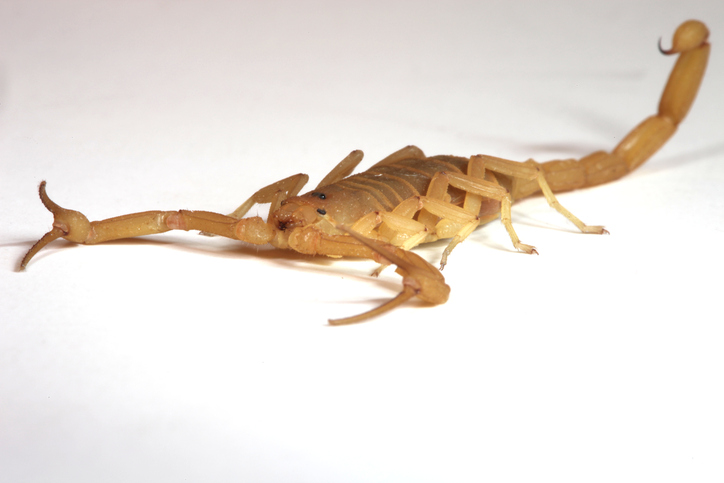
Arizona bark scorpion (PHOTO: iStock.com/Srabin)
For customers dealing with threatening scorpions, a pest management company that can provide reliable scorpion control is a must-have. Providing this service offers a chance to keep these pests at bay and build long-term relationships with thankful customers.
To run a long-term, sustainable scorpion management program, it is important to consider the urban ecosystem and make it less hospitable for scorpions. This can be accomplished by a sound integrated pest management program, which should include:
- Identifying the scorpion species
- Minimizing harborages
- Reducing prey and food sources
- Physically excluding scorpions from structures
- Applying a perimeter treatment
The third step is typically the most overlooked part of this process. A deliberate approach to reducing scorpion prey can be easy, highly effective and an opportunity to make a long-term impact on scorpions where they breed outdoors.

Dr. Eric Paysen, Technical Services Manager, Syngenta Professional Pest Management
Scorpions are predators who hunt for their prey at night to avoid the heat of the day. Likewise, many of the prey arthropods that scorpions eat are overlooked during daytime inspections. Common scorpion prey in urban settings include crickets, cockroaches and earwigs. Each of these is a pest in its own right when entering structures and, when their numbers are left unchecked, can lead to population explosions in top predators like scorpions.
While well-placed, residual liquid applications can have an impact on scorpions, granular baits can also be a useful tool for scorpion prey control. An appropriate granular bait application takes very little time, as it is usually a ready-to-use product with no mixing required. Using both in a one-two punch — reducing scorpions and their prey — can increase your odds of success.
I suggest applying granular bait around the building foundation with a spreader, creating a treated zone. You can also make applications to other areas in the landscaping where prey may hide, such as piles of river rock or flower beds.
After an initial application, it is not uncommon to find dead crickets, cockroaches and earwigs littering sidewalks and other areas adjacent to treated harborages. Judicious applications in the spring and summer will have the most impact, since these prey insects typically multiply with moisture and warm temperatures.
Thinking holistically about scorpion control can help make your treatment stronger and your customers happier.
Leave A Comment